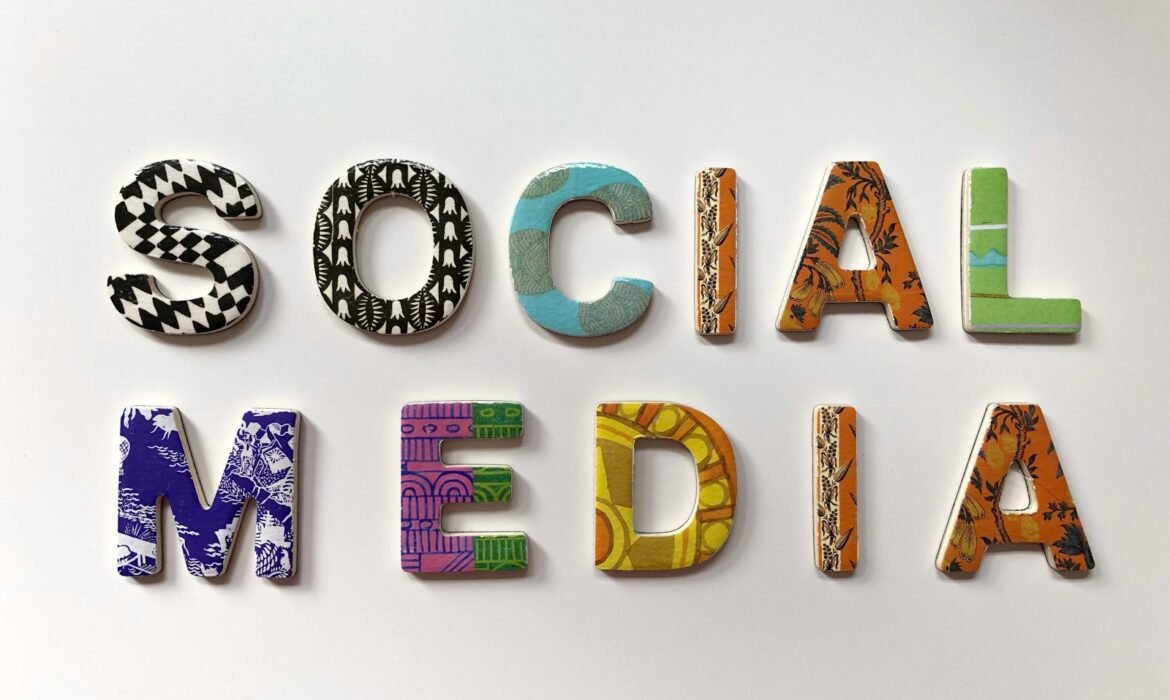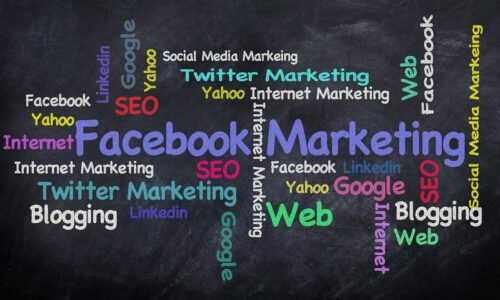
Understanding User-Generated Content
User-generated content (UGC) plays a significant role in today’s digital landscape, especially in the realm of social media marketing. By understanding what user-generated content is and the different types it encompasses, businesses can harness its power to engage their audience and build brand loyalty.
What is User-Generated Content?
User-generated content refers to any form of content, such as text, images, videos, or reviews, that is created and published by users on social media platforms or other online communities (TechTarget). It is content that is produced by individuals rather than brands themselves. Social media platforms have provided individuals with the tools and platforms to create and share their own content, giving rise to the widespread production of user-generated content.
Examples of user-generated content include:
- Images: Photos or visuals shared by users that showcase a product or experience.
- Videos: User-created videos demonstrating product usage, tutorials, or testimonials.
- Reviews: Feedback or testimonials written by users about a product or service.
- Comments: Comments made by users on social media posts or blog articles.
- Social media posts: Posts created by users that mention or tag a brand or product.
Types of User-Generated Content
User-generated content can come in various forms, allowing for diverse and authentic expressions from users. Some common types of user-generated content include:
- Images: Users sharing photos of products, experiences, or events related to a brand.
- Videos: User-created videos such as unboxing videos, product reviews, or tutorials.
- Reviews: Written feedback or testimonials about a product or service.
- Social media posts: Users creating posts mentioning or tagging a brand or product.
- Blog articles: Content generated by users on their blogs, discussing a brand or product.
By leveraging user-generated content, brands can tap into the creativity and authenticity of their customers and audience. This not only helps to establish a sense of community and trust but also provides valuable social proof, influencing the purchasing decisions of others.
Understanding what user-generated content is and the different types it encompasses sets the stage for exploring the power and benefits it holds for businesses. In the next section, we will delve into the influence and advantages of incorporating user-generated content into marketing strategies.
The Power of User-Generated Content
User-generated content (UGC) has emerged as a powerful tool in the realm of social media marketing. Its influence and benefits extend beyond what brands can create directly. Understanding the impact and advantages of user-generated content is crucial for businesses looking to maximize their marketing efforts.
Influence of User-Generated Content
UGC holds significant influence over consumers’ purchasing decisions. In fact, 85% of people consider user-generated content to be more influential than content created by brands themselves (Buffer). This stems from the authenticity and relatability of UGC. When potential customers see real people sharing their experiences with a brand or product, it builds trust and credibility. UGC serves as social proof, affirming the value and effectiveness of a brand.
Additionally, UGC has the power to shape brand perception and reputation. Through UGC, brands can connect with their audience on a deeper level, fostering a sense of community and engagement. By showcasing the experiences and perspectives of real customers, brands can demonstrate their ability to meet the needs and desires of their target audience.
Benefits of Incorporating User-Generated Content
Incorporating user-generated content into marketing strategies offers a myriad of benefits. First and foremost, UGC adds authenticity to a brand’s messaging and storytelling, making it more relatable to consumers. It humanizes the brand, making it more approachable and trustworthy (Buffer).
Furthermore, UGC can have a significant impact on brand sales and success. Brands that leverage UGC effectively have seen increased sales and virality. For example, CeraVe experienced a 128% year-over-year increase in earned media value, while Alpenglow’s app saw substantial growth in monthly recurring revenue (MRR) after a user’s video went viral on TikTok (Buffer).
Incorporating UGC also allows brands to tap into the creativity of their audience. By actively encouraging customers to share content and specifying the type of content they are looking for, brands can prompt their audience to become active participants in brand storytelling. Around 50% of consumers wish that brands would guide them in creating content, and by doing so, brands can elicit exceptional creativity from their customers (Buffer).
Lastly, brands can reward customers for sharing UGC, further incentivizing their participation. This can be done through discount codes, free products, or other sustainable tactics that align with the brand’s audience, values, and budget. By rewarding customers, brands can foster a sense of loyalty and incentivize ongoing engagement and content creation (Buffer).
Incorporating user-generated content into social media marketing efforts can yield significant benefits for brands. The influence and authenticity of UGC resonate with consumers, shaping their perception and purchasing decisions. By embracing UGC, brands can tap into the creativity of their audience, drive sales, and foster a strong community of brand advocates.
Leveraging User-Generated Content for Marketing
In the realm of social media marketing, harnessing the power of user-generated content (UGC) can be a game-changer. UGC refers to any content created by individuals who are not directly affiliated with a brand. This content can take various forms, including photos, videos, reviews, and testimonials. Leveraging UGC for marketing purposes has proven to be highly effective in engaging audiences and driving brand awareness and credibility.
Using User-Generated Content on Social Media
Social media platforms provide an ideal space for utilizing UGC to promote your brand. According to a study, 85% of consumers find visual UGC more influential than brand photos or videos. Additionally, 90% of consumers say that UGC influences their buying decisions, making it a trusted source of information (Source).
By encouraging your audience to create and share content related to your brand or products, you can tap into the power of UGC. This can be done through contests, branded hashtags, or simply encouraging users to share their experiences or stories. The key is to make it easy for users to contribute and showcase their content on social media platforms.
When incorporating UGC on social media, it’s important to obtain permission from the content creators and give proper credit. This not only ensures legal compliance but also fosters a positive relationship with your audience. Engage with users who contribute UGC by liking, commenting, and sharing their content. This not only shows appreciation but also encourages further engagement and participation.
Incorporating User-Generated Content in Campaigns
Integrating UGC into your marketing campaigns can significantly enhance their effectiveness. UGC campaigns have been shown to generate 7 times higher engagement compared to brand-generated campaigns (Source). By leveraging the creativity and authenticity of your audience, you can create a sense of community and connection between your brand and consumers.
When planning a UGC campaign, clearly define the objectives and desired outcomes. Determine the type of content you want users to create and the specific platforms where the campaign will be promoted. Provide clear instructions and guidelines to ensure that participants align with your brand values and messaging.
To increase participation and incentivize users to contribute UGC, consider offering rewards or recognition. This can range from featuring their content on your website or social media channels to offering exclusive discounts or giveaways. By showcasing the UGC in your campaigns, you not only amplify the reach of your brand but also create a sense of authenticity and trust among your target audience.
To measure the success of your UGC campaigns, track engagement metrics such as likes, shares, comments, and reach. Monitor the sentiment and feedback generated by the UGC to gain insights into your audience’s perceptions and preferences. This data can inform future marketing strategies and help refine your approach to harnessing UGC.
By effectively using UGC on social media and incorporating it into your marketing campaigns, you can tap into the power of your audience’s creativity and enthusiasm. UGC has the potential to significantly enhance brand awareness, credibility, and engagement, ultimately driving the success of your social media marketing efforts.
Managing User-Generated Content
Managing and harnessing the power of user-generated content (UGC) comes with its own set of challenges. While UGC can bring numerous benefits to businesses, it is essential to have strategies in place to address the potential challenges and risks associated with it. This section will explore the challenges of user-generated content and provide strategies for moderating and managing it effectively.
Challenges of User-Generated Content
As businesses embrace user-generated content, they must be aware of the challenges that can arise. Some of the common challenges include:
-
Quality Control: User-generated content may vary in terms of quality, making it essential for businesses to establish standards for material submission. Ensuring that the content aligns with the brand’s image and meets certain quality criteria can be a challenge.
-
Legal Issues: User-generated content can potentially infringe on copyright, intellectual property, or privacy rights. Businesses need to have a thorough understanding of legal regulations and ensure that user-generated content does not violate any laws or rights.
-
Brand Reputation Management: While user-generated content can be positive and enhance brand reputation, it also carries the risk of negative or damaging content. Businesses need to be proactive in monitoring and addressing negative content to protect their brand image and reputation.
Strategies for Moderating User-Generated Content
To effectively manage user-generated content, businesses can implement the following strategies:
-
Establish Clear Guidelines: Clearly define the guidelines and standards for user-generated content. Provide users with specific instructions on what is acceptable and what is not. This will help ensure that the content aligns with the brand’s values and maintains a consistent image.
-
Content Monitoring: Implement a system for monitoring user-generated content. Regularly review and moderate the content to ensure it meets the established guidelines. This can involve manual review or the use of automated content moderation tools.
-
Crisis Management Strategy: Develop a crisis management strategy to address any negative or damaging user-generated content. Have a plan in place to respond promptly and professionally to any issues that may arise. This will help mitigate potential damage to the brand’s reputation.
-
Engage and Respond: Actively engage with users and respond to their content. This demonstrates that the brand values and appreciates user contributions. Engaging with both positive and negative content can foster a two-way relationship and show users that their opinions are heard.
-
Use Moderation Tools: Utilize content moderation tools and technologies to streamline the process. These tools can help automate the moderation process, flagging potentially problematic content for review, and reducing the burden of manual moderation.
By implementing these strategies, businesses can effectively manage user-generated content while mitigating potential risks. With a well-defined approach to moderation and a focus on maintaining brand reputation, businesses can harness the power of user-generated content to drive engagement, build trust, and enhance their overall marketing efforts.
Successful Examples of User-Generated Content
User-generated content (UGC) has become an integral part of social media marketing strategies for brands. By harnessing the power of UGC, brands can benefit from authentic and engaging content created by their customers. Let’s explore some successful examples of brands effectively utilizing user-generated content and the impact it has on their marketing efforts.
Brands Harnessing User-Generated Content
Many brands have recognized the value of user-generated content and actively encourage their customers to share their experiences and create content related to their products or services. By doing so, these brands not only foster a sense of community but also generate a vast amount of content that resonates with their audience.
One notable example is Coca-Cola’s “Share a Coke” campaign, where personalized bottles with individual names were introduced. This campaign encouraged customers to share pictures and stories of themselves with their personalized Coca-Cola bottles on social media platforms. The campaign generated an impressive amount of user-generated content, with consumers sharing their experiences and creating a sense of personal connection with the brand. The campaign’s success was attributed to the genuine and relatable content created by customers, enhancing brand visibility and credibility.
Another brand that effectively harnesses user-generated content is GoPro. GoPro encourages its customers, who are passionate about adventure and capturing their experiences, to share their videos and photos taken with GoPro cameras. By showcasing the exhilarating and awe-inspiring content created by their customers, GoPro not only strengthens its brand identity but also inspires others to explore and capture their own adventures. This user-generated content not only serves as promotional material but also acts as social proof, demonstrating the capabilities and quality of GoPro products.
Impact of User-Generated Content Campaigns
User-generated content campaigns can have a significant impact on a brand’s marketing efforts. The authentic and relatable nature of user-generated content resonates with audiences, leading to higher levels of engagement and interactions. According to Social Media Today, user-generated posts tend to receive higher levels of interactions and shares compared to branded content. This increased engagement helps brands improve their social media reach and visibility.
Moreover, incorporating user-generated content into marketing campaigns can lead to higher conversion rates. A study found that UGC-based ads resulted in a 4x higher click-through rate compared to non-UGC ads. This highlights the effectiveness of user-generated content in capturing the attention and interest of potential customers.
User-generated content also provides valuable insights and feedback for businesses. By actively monitoring and analyzing user-generated content, brands can gain a better understanding of their customers‘ preferences, needs, and pain points. This information can be used to refine products and services, develop targeted marketing strategies, and enhance overall customer satisfaction.
Overall, successful user-generated content campaigns create a virtuous cycle where customers become brand advocates, creating content that attracts more customers and reinforces brand loyalty. By leveraging the power of user-generated content, brands can amplify their marketing efforts and build a strong, engaged community of customers.
Incorporating user-generated content is a powerful strategy for brands looking to connect with their audience, increase brand visibility, and drive engagement. By encouraging customers to share their experiences and creations, brands can tap into the authentic and relatable content that resonates with their target audience. The impact of user-generated content campaigns extends beyond marketing, providing valuable insights and fostering a sense of community.
- Boost Your Business: Expert Google My Business Ranking Tipsby Freelancertamal●March 1, 2024
- Strategies to Improve Your Website Visibilityby Freelancertamal●February 18, 2024
- Unlocking Success: The Art of Freelance Project Managementby Freelancertamal●January 4, 2024
- Mastering Email Marketing in Rangpur: Secrets to Digital Triumphby Freelancertamal●January 4, 2024










